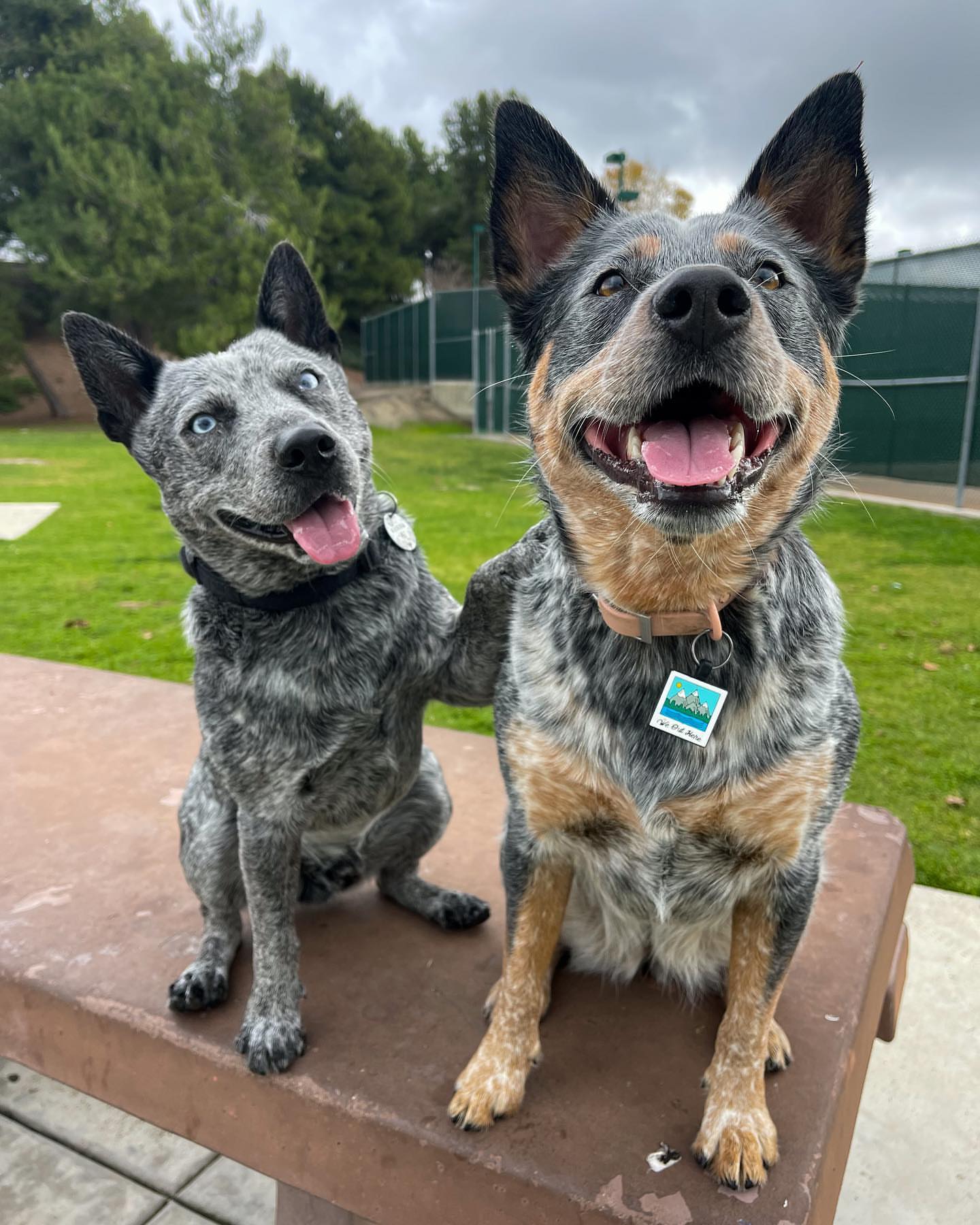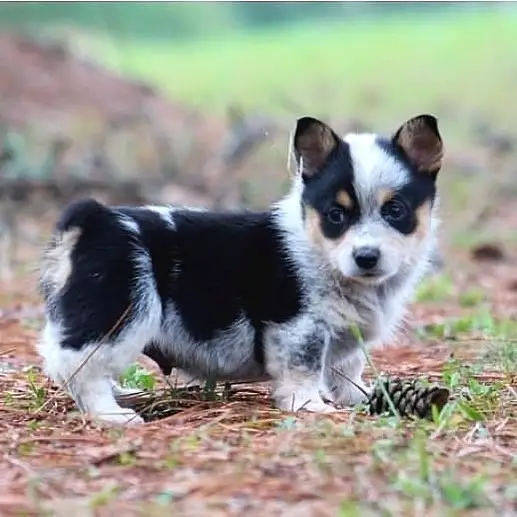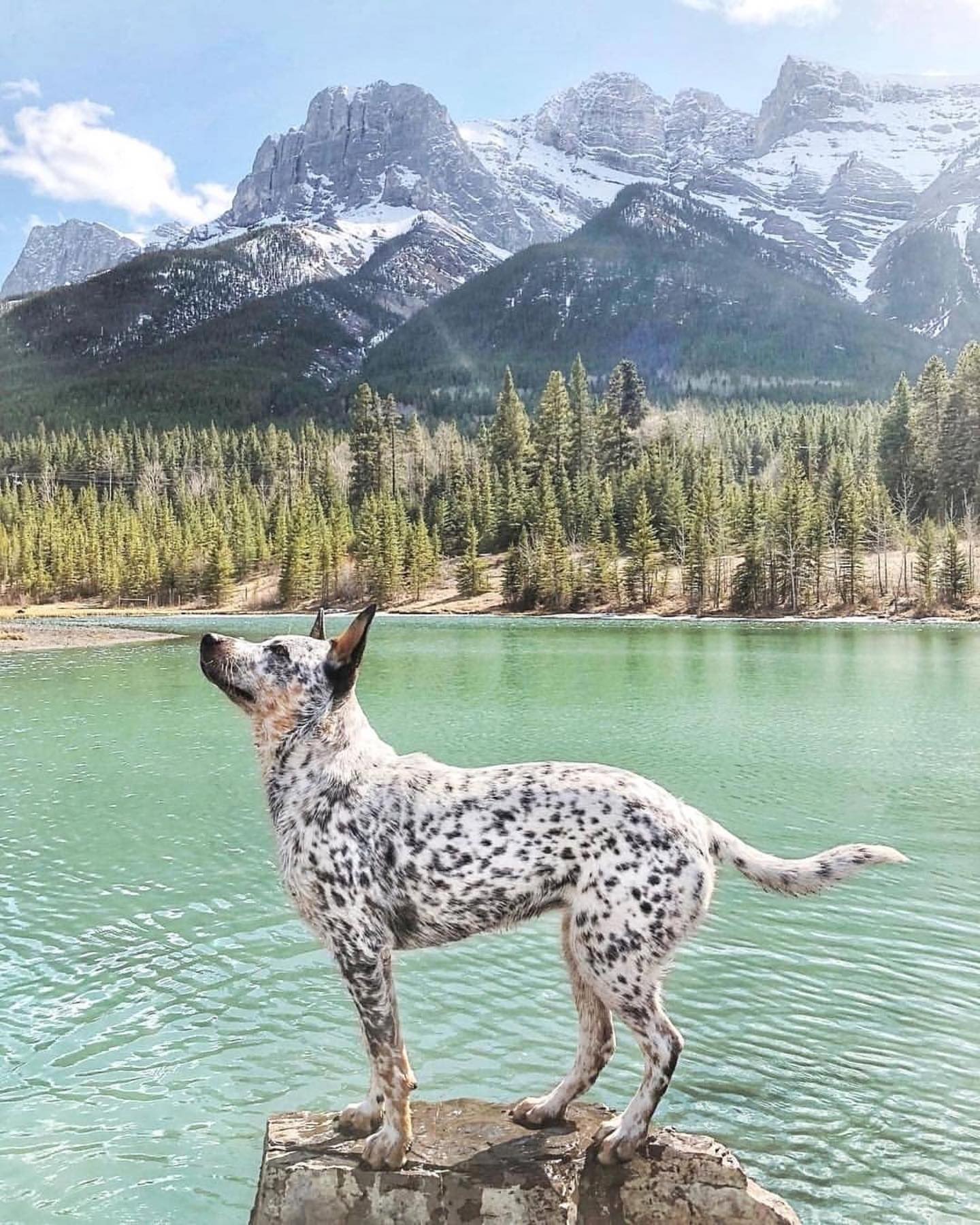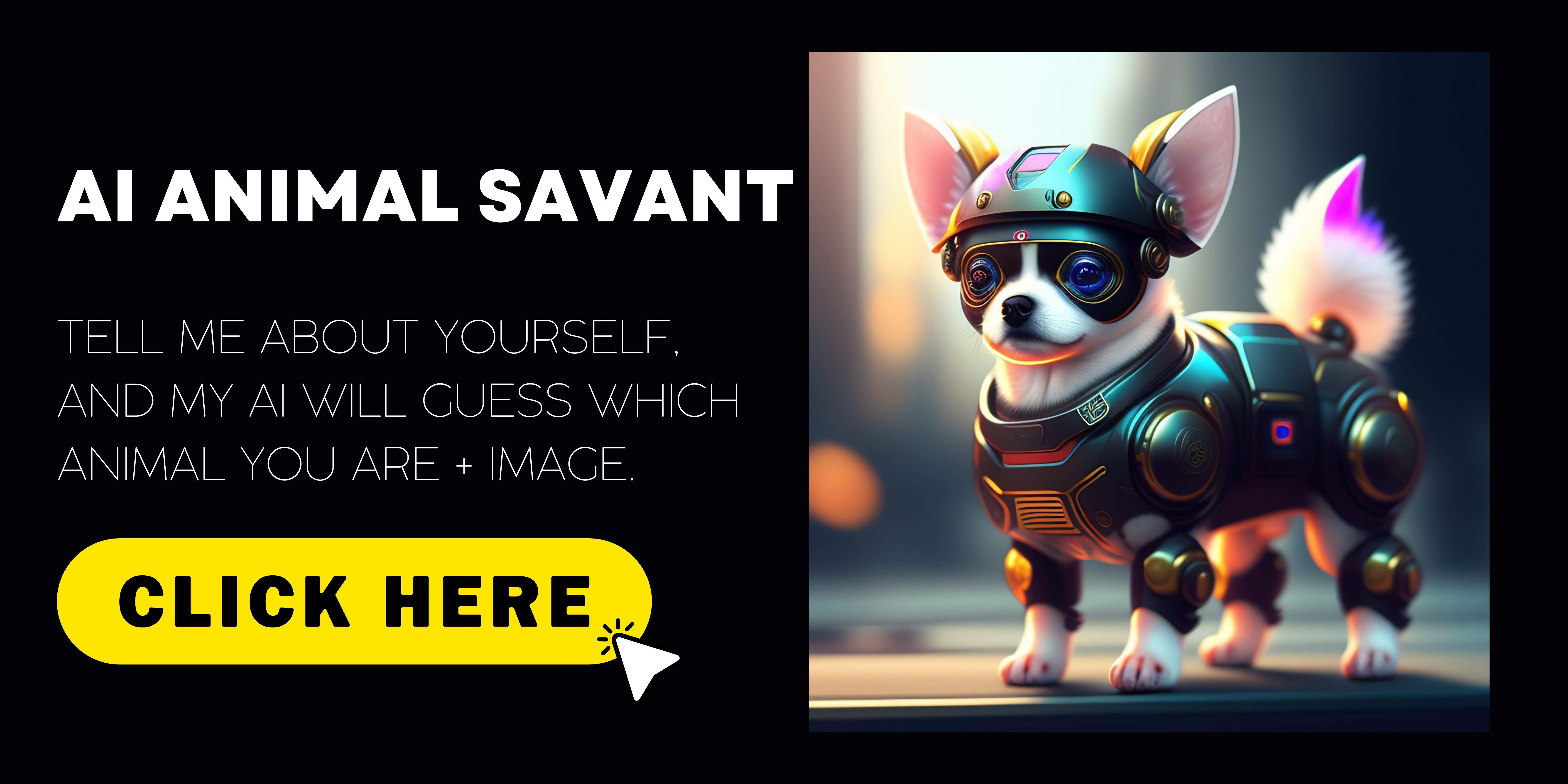Mini Blue Heeler Vs. Standard Heeler
Some key differences exist between the Mini Blue Heeler (AKA miniature blue heeler) and the Standard Heeler. The Standard Heeler (also known as the Australian Cattle Dog) is a loyal, intelligent, energetic herding dog. They are also recognized by the AKC and have restrictions and a breed standard. Mini Blue Heelers don’t get AKC recognition, so they don’t have a standard breed. These restrictions don’t apply to Minis, but breeders might choose to follow them regarding the markings and coat. In this article, you will know every difference they have. Read Mini Blue Heeler Vs. Standard Heeler.

Size
This is, unsurprisingly, the only difference between these dogs. We’ll discuss more differences later, but the primary goal of breeding Mini Heeler dogs to preserve the same traits as their Standard counterparts is clear.
Mini Heeler’s are 11-15 inches tall and only 12-25 pounds. Standard Heelers measure approximately twice as big at 17-20inches and weigh 35-50lbs.
Consider your budget and guarding abilities when deciding on the size of your dog. Although Mini Heelers may not be very large, they still have the guarding instinct!
Standard Heelers are more expensive to vet and feed. Due to their larger size, items such as beds, food bowls, and collars will be more costly. Standard Heelers can be harder to control with a leash or to lift when necessary.
You may like: Why does my dog stretch so much?
Mini Blue Heelers vs. the Origin of Standard Heelers
Let’s first address the names “Blue Heeler/Red Heeler” and why we call Australian Cattle Dogs this.
ACDs typically have a blue or a red solid, speckled, or mottled hair. These cattle dogs were originally bred to herd livestock. The name stuck because they would frequently use a firm nip on cattle heels to coax them in any direction.
The history of the Australian Cattle Dog or Australian heeler is just as fascinating as the dogs. They resulted from a mix of the English Blue Merle Border Collie and a wild dog called ‘the dingo.’
Thomas Simpson Hall took on this job in the early 19th century. He realized that Australian terrain and harsh weather were unsuitable for English dogs. The Australian dingo was, therefore, the ideal mix.
He crossed generations of dogs to find the perfect mix. The “Hall’s Heelers” that resulted was highly skilled in herding. They were also strong enough to withstand the heat.
Many others have since tried to improve the breed. However, it is important not to rely on information about Australian Cattle Dogs whose Dalmatian or Kelpie ancestors you have.
The Mini Blue Heeler dog breed’s was only discovered recently.
Blue Heelers can vary in size. It is common knowledge. Some breeders decide to mix smaller Heelers to produce Minis. Minis can be obtained by mixing Heelers and smaller breeds like Dachshunds.
Another way to breed Mini Heeler dog breed’s is also possible. This method is unethical and can lead to unfavorable results. To get small sizes and cute features, some breeders add the dwarfism gene. This can lead to multiple health issues and is not recommended.

Color and coat.
Blue Heelers will have a blue-mottled, solid, or blue-speckled coat. Their heads might be black or tan. While tan markings are acceptable on the body, the Blue Heeler is less desirable if they have black markings. You can choose to have a blue or tan undercoat.
Red Heelers will have a red-speckled, tan, or white coat. It is acceptable to have some dark red markings on the head but not on the rest. You can have a red-speckled, tan, or cream undercoat.
They also have triangular ears, which are cute and stand straight as they grow. Also, they are small for their height and have short legs. They also have fluffy tails and short hair.
Mini Blue Heelers are identical to the original but smaller. Breeders are not required to adhere to Mini Blue Heeler breed standards. You might notice patterns and markings in Minis’ coats or skin that are not common in standard breeds.
Mini Blue Heelers, despite their name, can be either red or blue. Sometimes, the Standard Heeler is called a Blue Heeler. This can be either the dog’s color or the entire breed.
You may like: Does Sweet Potato Work For Dog Diarrhea?
Grooming
Both breeds can be groomed easily, but it will take more time for a Mini Blue Heeler. They will also shed less.
Heeler dog breeds shed moderately, so they should only be brushed once per week. Brush them less frequently during the spring and fall shedding seasons. To gather all the shed undercoats, a comb may be helpful.

Temperament
You’ll get a wonderful dog with a great temperament, whether you choose a Mini or Standard Heeler.
They are intelligent dogs and can outsmart their owners often. They are also very active and playful and have a lot of fun.
These dogs can be very protective of their territory and family, which has advantages and disadvantages. Socialization is essential for these dogs. They need to learn not to fear strangers and that aggression towards guests or strangers is unacceptable.
You may like: How far can a 12 week old puppy walk?
Training
These dogs are very intelligent and eager to please when it comes to training. They will quickly learn new tricks.
There are, however a few things to remember:
- They are super intelligent! They are more likely to get bored and have their ideas about what they should do. To prevent this, keep training sessions brief and interesting.
- Sheelers can be described as herding dogs. Heelers herd animals by biting their heels. They might decide that your family, children, or pets are theirs to herd. You can combat this behavior by walking away and disengaging them. If necessary, you can separate them from children or animals but don’t punish their instinctive behavior. If you give them a clear boundary and reward them for being nice, they will be more likely to learn how to interact with others.
- They are naturally protective. As puppies, socialize them, so they aren’t afraid of strangers and guests.
- They are driven by prey. They are inclined to chase prey they perceive. They are more focused on the hunt and will not respond to recall. It would be best to keep them leashed or in a secure area.

Conclusion.
As you see above, there are differences between the Australian heeler or standard heeler and Mini Heeler dog breed. If you have a heeler dog before everything, do your research to be sure which one is suitable for you and your family.





